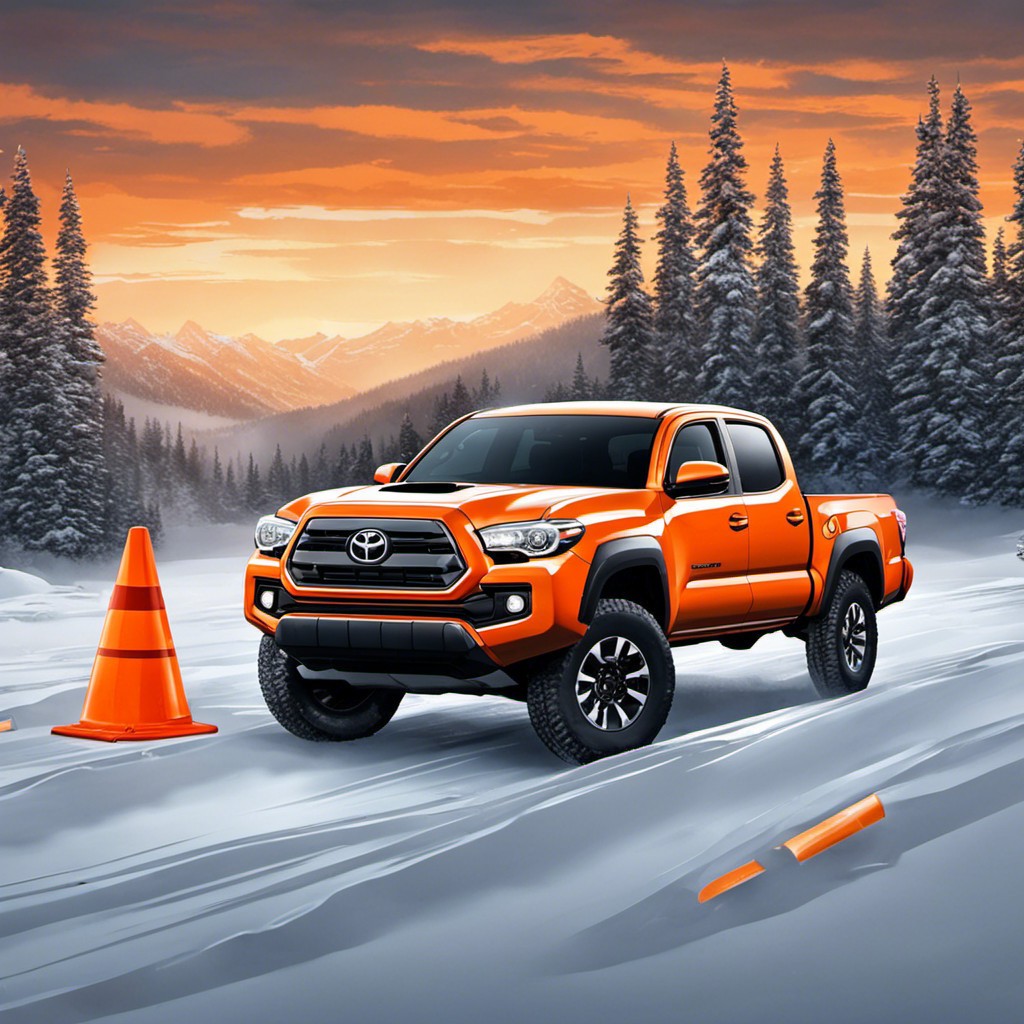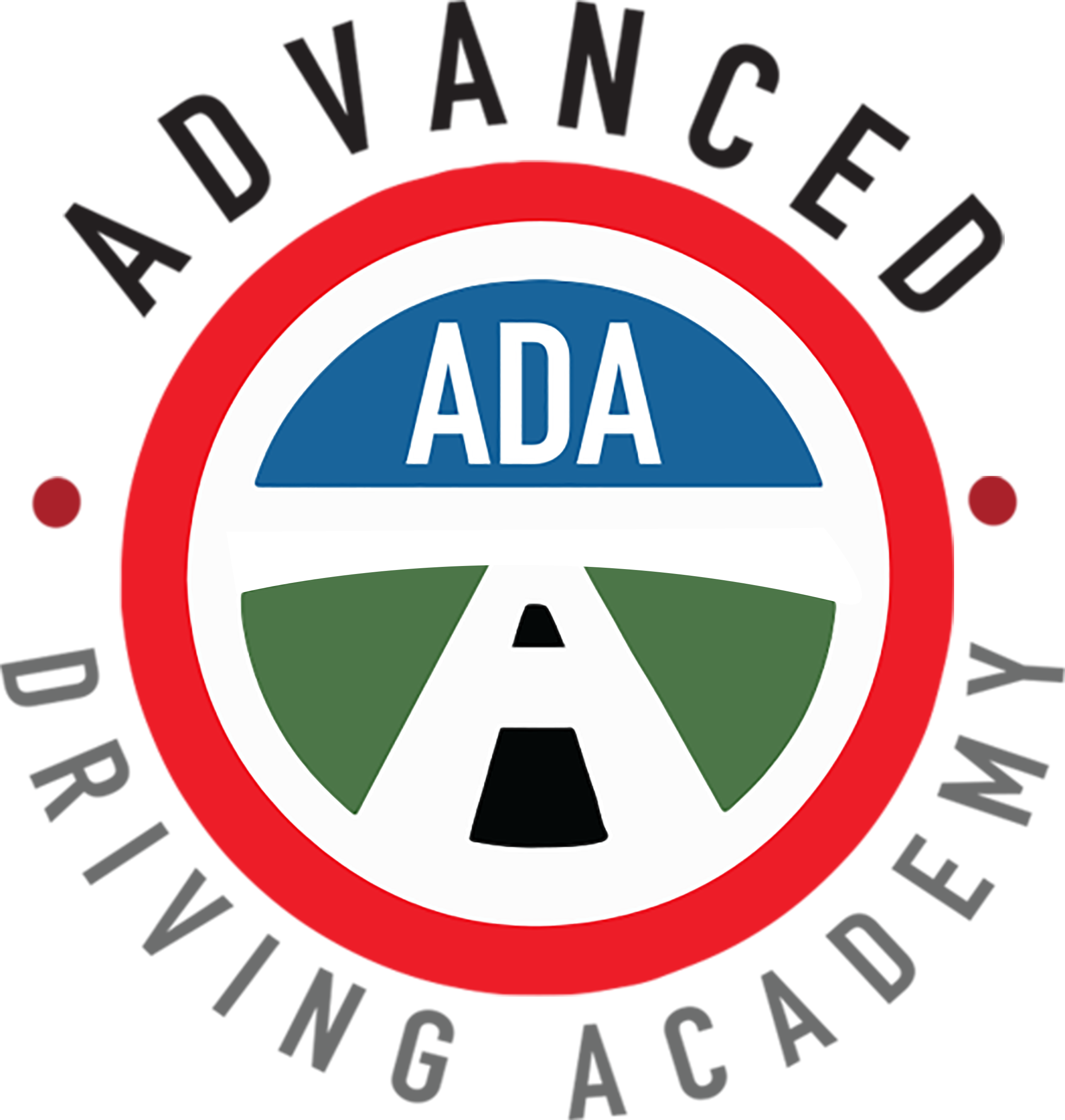Is running different tires on my car dangerous? This is a question that many car owners may ask themselves when considering replacing their tires. The truth is, mixing tires on your car can be incredibly dangerous and should be avoided at all costs.
One of the main reasons why it is dangerous to have different tires on your car is due to the variations in tread patterns and grip levels. Different tire brands and models have unique tread designs and rubber compounds that are specifically engineered for certain driving conditions.
When you mix tires with different tread patterns and grip levels, it can negatively impact your car’s handling, braking, and overall stability. For example, if you have a tire with less grip on one axle and a tire with more grip on the other, it can lead to uneven traction and potentially cause your car to skid or lose control in wet or slippery conditions. As professional tire testers we have seen radical differences between the same type of tire from different manufacturers. Same type of summer tire, similar tread pattern and same speed rating on the same car. The difference means that if you mix them you could quickly end up in a spin on a slightly damp road. I definitely would not have different tires on my car.
Effects of Having Different Tires on my car
Different tires on a vehicle can lead to various negative effects. Increased risk of blowout is one such consequence, as mismatched tires can create uneven pressure distribution and increase the likelihood of a tire bursting. Uneven wear and tear is another issue caused by different tires, as each tire will experience different levels of friction and wear at different rates. This can negatively impact the handling and performance of the vehicle. Decreased stability is also a concern, as tires with different tread patterns and sizes can lead to inconsistent traction and stability, especially during turns or emergency maneuvers. Additionally, putting differently worn tires on the same axle means you are running marginally different diameters of tire. In the long run that can potentially give you mechanical problems with your differential.
Increased Risk of Blowout
*Having different tires on a vehicle can have various effects that can potentially compromise safety and performance. One major concern is the increased risk of blowout. When tires of different sizes, tread patterns, or construction are used together, it can create an imbalance in the vehicle’s weight distribution and handling characteristics. This imbalance can lead to uneven stress on the tires, increasing the likelihood of a blowout. Furthermore, the different tires may have varying levels of grip and traction, causing the vehicle to respond unpredictably in emergency situations. In addition, mixing tires with different wear patterns can result in uneven tire pressure, which can further increase the risk of blowouts. To ensure optimal safety, it is crucial to use matching tires that are specifically designed for the vehicle.

Uneven Wear and Tear
Another significant consequence of having different tires on a vehicle is uneven wear and tear. When the tires have different levels of tread depth, they will wear out at different rates. This can lead to an imbalance in the vehicle’s handling and performance. Uneven tread wear can also cause the vehicle to pull to one side, making it more difficult to maintain proper control. Additionally, the uneven wear can result in a shorter lifespan for the tires, as the ones with less tread depth will wear out faster. This means that the driver will have to replace the tires more frequently, leading to increased expenses. To ensure even wear and tear, it is essential to have matching tires with the same tread pattern and depth.
Decreased Stability
In addition to the increased risk of blowout and uneven wear and tear, having different tires can also result in decreased stability. This is a critical concern for drivers as it directly affects the overall handling and control of the vehicle.
When tires have varying tread patterns, sizes, or grip levels, the stability of the vehicle can be compromised. This is especially true during cornering or sudden maneuvers. The unequal traction provided by different tires can lead to imbalanced forces acting on the vehicle, causing it to sway or skid unpredictably.
Finally, mismatched tires can result in variations in the rolling resistance and sidewall stiffness.
Reasons for Replacing Tires
Aging tires are one of the primary reasons for replacing them. Over time, the rubber on tires deteriorates, leading to reduced performance and safety. Damaged tires are another concern, as they can compromise the overall functionality of a vehicle. Any cuts, bulges, or punctures can weaken the tire’s structure and increase the risk of a blowout. The suspension system plays a crucial role in maintaining a smooth and comfortable ride. Worn-out shocks and struts can negatively affect the tire’s contact with the road, leading to uneven wear and reduced grip levels.
Aging Tires
In addition to the various effects that different types of tires can have on a vehicle’s performance, there are also several reasons why tires need to be replaced over time. One of the primary reasons for replacing tires is the natural aging process that occurs due to prolonged use and exposure to the elements. As tires age, the rubber compounds begin to deteriorate, causing a decrease in their overall performance and safety. This deterioration is particularly evident in the loss of tread depth, which directly affects a tire’s ability to maintain traction on the road. As tread depth decreases, the risk of hydroplaning and skidding increases, posing a significant safety hazard for drivers.
Damaged Tires
Now that we have explored the effects of having different tires, let’s delve into the reasons for replacing tires.
One of the key factors that necessitate tire replacement is damaged tires. Damaged tires can pose serious risks to both the vehicle and its occupants.
Common causes of tire damage include punctures, bulges, cuts, and sidewall damage. These issues compromise the structural integrity of the tire, making it more susceptible to blowouts and tread separation. Moreover, damaged tires can negatively impact the suspension system and weight distribution of the vehicle, leading to an unstable ride and decreased handling capabilities.
It is essential to regularly inspect tires for any signs of damage and promptly replace them to ensure optimal grip levels and overall safety on the road. The desire to save money can sometimes lead us to consider replacing only one tire which if the tires are only a few weeks old and you can get another new identical tire is not a problem. Otherwise, go to your local tire dealer and ask their advice on how to handle the situation. If someone asks you “can I mix different tires on my car” I hope you know the answer, but keep reading just in case.
Suspension System
After understanding the effects of having different tires, it is essential to consider the reasons for replacing tires. One crucial factor to consider is the aging of tires. As tires age, the rubber compound deteriorates, leading to reduced performance and safety. Aged tires are more prone to blowouts and tread separation, which can be dangerous while driving. Damaged tires also necessitate replacement. Punctures, cuts, bulges, and sidewall damage can compromise the integrity of the tire, making it unsafe for use. Additionally, worn-out tires can negatively impact the suspension system of a vehicle. The suspension system relies on the tires to absorb shocks and ensure a smooth ride.
How to Replace Tires
To replace tires effectively, there are several important subtopics to consider. First, it is crucial to choose the right tires for your vehicle, taking into account factors such as size, type, and performance rating. Once the appropriate tires have been selected, they must be installed properly to ensure optimal safety and performance. Knowing when to replace tires is also essential, as worn or damaged tires can compromise handling and traction. Finding the right tire brand is another crucial aspect, considering factors such as quality, reputation, and customer reviews. Lastly, maintaining proper tire inflation is vital for safety, fuel efficiency, and tire longevity. Try to look for a consumer review as compared to the manufacture report since manufacture data is created in a lab whereas you want to know how the tires respond on a real road.
Choose the Right Tires
Choosing the Right Tires: Ensuring Your Safety and Performance
Selecting the appropriate tires for your vehicle is crucial in maintaining a safe and efficient driving experience. By choosing the right tires, you can enhance your vehicle’s performance, optimize fuel efficiency, and ensure your safety on the road.
Consider the specific conditions in which you drive. Driving in snowy or icy conditions, for example, requires tires with the appropriate tread and rubber compound to provide the necessary traction. On the other hand, if you frequently drive in hot and dry climates, tires with excellent heat resistance and durability are essential.
Additionally, matching the tire size to the specifications outlined by your vehicle’s manufacturer is vital. This ensures proper handling, braking, and stability.
Install the Tires Properly
Installing the Tires Properly
Proper installation of tires is crucial for ensuring optimal performance, safety, and longevity. When installing new tires, it is important to use a tire dealer or service centre to ensure the job is done correctly and safely.
Knowing when to Replace Tires
Knowing when to replace tires
One of the most important aspects of tire maintenance is knowing when to replace them. Driving on worn-out tires can be extremely dangerous, as it increases the risk of accidents, especially in wet or icy conditions. Tires should be replaced when the tread depth reaches 3/32 of an inch. This can be easily measured using a tread depth gauge. Another way to check tire wear is by inspecting the tread for uneven wear patterns or bald spots. Additionally, tires should be replaced if they are more than six years old, regardless of the amount of wear. Over time, the rubber in tires can deteriorate, leading to reduced traction and handling capabilities. Generally once tires reach 7-8 years old the rubber is severely dried and compromised.
Tire Maintenance Tips
Tire maintenance is crucial for ensuring optimal performance and safety on the road. Check tire pressure regularly to maintain proper inflation, which contributes to fuel efficiency, tire longevity, and vehicle stability. Rotate tires at recommended intervals to promote even tread wear and extend tire life. Tire inspections are essential to identify signs of damage, such as cuts, bulges, or punctures, which can lead to tire failure. Pay close attention to the tire sidewall condition, as it contains important information about tire size, load capacity, and speed rating.
Check Tire Pressure
Proper tire maintenance is crucial in ensuring optimal performance and safety on the road. One of the key aspects of tire maintenance is checking the tire pressure regularly. Maintaining the correct tire pressure is essential for several reasons. *Firstly, underinflated tires can result in decreased fuel efficiency, as they create more rolling resistance. In fact, studies have shown that for every 1 psi decrease in tire pressure, fuel economy can decrease by up to 0.3%. Secondly, overinflated tires can lead to a harsher ride and increased wear on the center of the tread. Additionally, incorrect tire pressure can affect the handling and braking of the vehicle, compromising safety.
Rotate Tires Regularly
Rotate Tires Regularly
To ensure even wear and extend the lifespan of your tires, it is crucial to rotate them regularly. By moving the tires from one position to another on your vehicle, you can distribute the wear more evenly across all four tires. This helps maintain consistent handling and improves overall traction, especially during harsh weather conditions.
Regular tire rotation also plays a significant role in maximizing fuel efficiency. When the tires wear unevenly, it can lead to an increase in rolling resistance, causing your vehicle to consume more fuel. By rotating the tires, you can mitigate this issue and potentially save on fuel costs.
Tire Inspections
Tire inspections are an essential part of tire maintenance that should not be overlooked. Regular inspections help identify any potential issues and ensure the safety and longevity of the tires. Visual inspections play a crucial role in this process, as they allow technicians to detect signs of wear and tear, such as uneven tread wear, bulges, or cracks. Additionally, checking tire pressure is equally important, as underinflated or overinflated tires can lead to reduced fuel efficiency and poor handling. Rotating tires regularly is another maintenance tip that promotes even wear and extends tire life. By moving the tires from one position to another, the wear pattern can be balanced, thus maximizing their lifespan.
Summary
To summarise, it is crucial to recognize the dangers associated with having different tires. Mixing different tire types or sizes can lead to uneven tread wear, reduced traction, and compromised handling. Proper tire replacement is essential for maintaining vehicle safety. When replacing tires, it is important to choose the right size and type for your vehicle, considering factors such as load capacity and speed rating. Regular tire maintenance, including proper inflation and rotation, can extend tire longevity and optimize performance. Neglecting tire maintenance can result in potential damage to the drivetrain and suspension, as well as negative effects on fuel efficiency.
Why Having Different Tires Is Dangerous
It is crucial to understand the dangers associated with having different tires on a vehicle. Mixing tires with different tread patterns, sizes, or levels of wear can lead to unpredictable handling and compromised traction. This can be especially hazardous in adverse weather conditions, such as rain or snow, where proper tire grip is essential for safe driving.
Replacing tires is a necessary step to ensure optimal vehicle performance and safety. When replacing tires, it is recommended to replace all four tires at once to maintain consistent traction and handling characteristics. Additionally, regular tire maintenance is essential to prolong tire lifespan and prevent potential damage to the drivetrain and suspension. Knowing that I cannot put different tires on my car, I would recommend going to your local tire dealer and get the best advice possible
Moreover, combining different types of tires can have negative effects on fuel efficiency and tire longevity.
Tire Maintenance Tips
To ensure the longevity and optimal performance of your tires, regular tire maintenance is essential. Neglecting to properly care for your tires can lead to potential damage to the drivetrain and suspension of your vehicle. Additionally, it can have negative effects on fuel efficiency and tire longevity. Here are some tire maintenance tips to keep in mind:
-
Check tire pressure regularly: Proper inflation is crucial for tire safety and performance. Use a tire pressure gauge to ensure your tires are at the recommended PSI.
-
Inspect tire tread: Bald or worn-out tires can compromise your vehicle’s grip on the road, especially in wet or slippery conditions. Use the penny test to check the tread depth and replace your tires if necessary.
Conclusion
It is dangerous to have different tires on your car. After reading this article you now know “I cannot use different tires on my car”. Mixing tires can lead to various negative effects on your vehicle’s performance and safety. Using tires with different tread patterns can result in uneven traction, reducing your car’s ability to grip the road properly. This can lead to decreased braking efficiency, especially in wet or slippery conditions. Additionally, having different tire sizes or types can affect the stability and handling of your vehicle, potentially causing it to become more difficult to control.
To ensure your safety and optimal performance, it is crucial to replace tires when needed. Regularly checking the tread depth and condition of your tires is essential in determining when replacements are necessary. When replacing tires, it is recommended to install a complete set of matching tires to maintain balance and stability. Avoid mixing tires with different sizes, types, or tread patterns.
Related Post
As the landscape thaws from the icy grip of winter driving, the roads beckon with [...]
Master the icy roads! Discover the top five crucial lessons from winter driver training, ensuring your safety during the frosty season.





